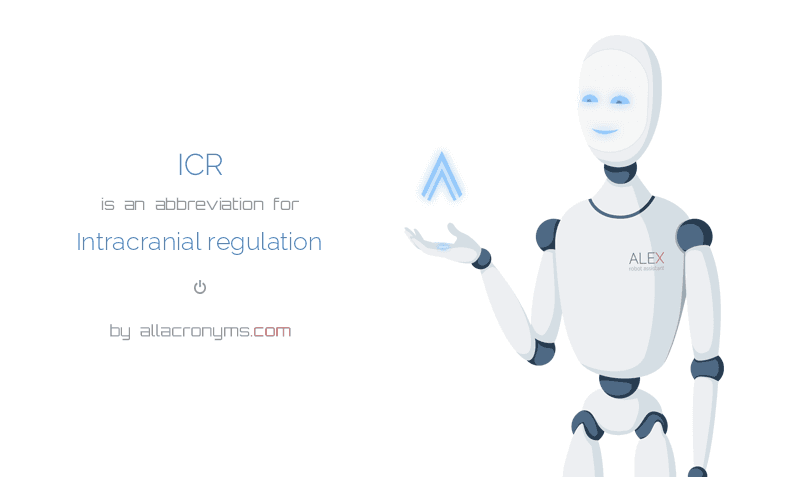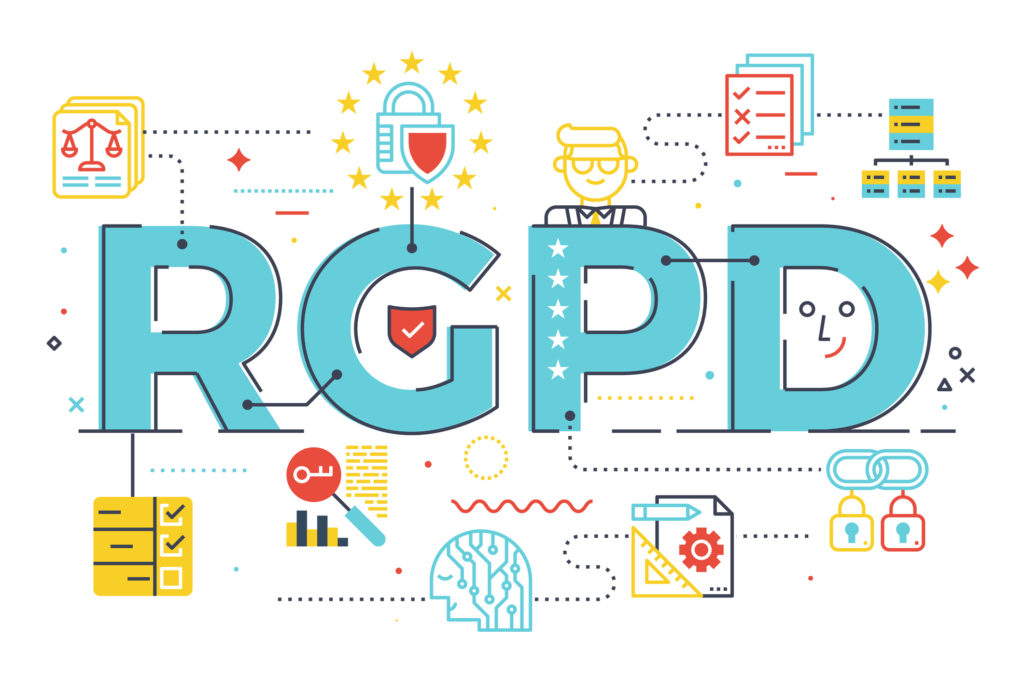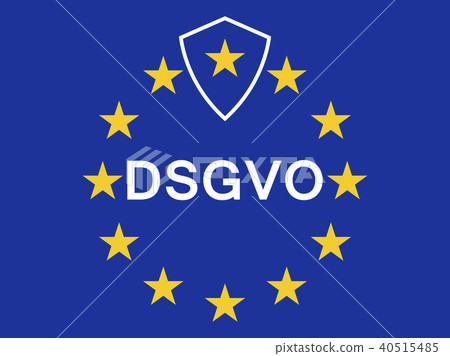Regulation Abbreviation : What it is
Understanding the General Data Protection Regulation (GDPR)
The General Data Protection Regulation (GDPR) is a comprehensive regulation enacted by the European Union (EU) to protect the personal data of EU citizens. It was introduced on May 25, 2018, and is applicable to all organizations that process the personal data of EU residents, regardless of their physical location.
What is GDPR?
The GDPR is a set of rules that aims to strengthen and harmonize data protection laws across EU member states. It provides individuals with greater control over their personal data and imposes obligations on organizations to handle personal data in a transparent and secure manner. Failure to comply with the GDPR can result in significant fines.
Why was GDPR Introduced?
The GDPR was introduced to address concerns about the increasing prevalence of data breaches and the lack of control individuals had over their personal data. With the rapid advancements in technology and the ease of collecting and storing vast amounts of data, it became necessary to establish a framework that would ensure the protection of individual rights and interests.
Key Principles of GDPR
Lawfulness, Fairness, and Transparency
Organizations must process personal data in a legal, fair, and transparent manner. This includes providing individuals with clear information about how their data will be used and obtaining their explicit consent when necessary.
Purpose Limitation
Personal data should be collected for specified, explicit, and legitimate purposes, and should not be further processed in a way incompatible with those purposes.
Data Minimization
Organizations should only collect and retain personal data that is necessary for the intended purpose. They must also ensure the accuracy of the data and update it when necessary.
Accuracy
Organizations are responsible for ensuring the accuracy of the personal data they hold. They must take reasonable steps to rectify or erase inaccurate or incomplete data.
Storage Limitation
Personal data should be retained for no longer than necessary. Organizations should establish appropriate retention periods and delete data that is no longer required.
Integrity and Confidentiality
Organizations must implement appropriate security measures to protect personal data against unauthorized access, disclosure, alteration, or destruction.
Accountability
Organizations must demonstrate compliance with the GDPR and be able to provide evidence of their data protection practices.
Frequently Asked Questions (FAQ)
Q: What does the GDPR mean for individuals?
A: The GDPR enhances individuals' rights over their personal data. It allows individuals to access their data, rectify inaccuracies, request erasure, object to processing, and restrict processing in certain cases.
Q: Who does the GDPR apply to?
A: The GDPR applies to any organization that processes the personal data of individuals in the EU, regardless of whether the organization is based in the EU or not. It covers both data controllers (organizations that determine the purposes and means of processing personal data) and data processors (organizations that process personal data on behalf of the controller).
Q: What are the penalties for non-compliance with the GDPR?
A: Non-compliance with the GDPR can result in fines of up to €20 million or 4% of the worldwide annual turnover of the preceding financial year, whichever is higher. The specific amount depends on the nature, gravity, and duration of the infringement.
Q: How can organizations ensure GDPR compliance?
A: Organizations can ensure GDPR compliance by implementing appropriate technical and organizational measures to protect personal data, conducting privacy impact assessments, obtaining valid consent, appointing a data protection officer (DPO), and regularly reviewing and updating their data protection policies and procedures.
Conclusion
The General Data Protection Regulation (GDPR) is a groundbreaking regulation that has significantly enhanced data protection rights for individuals in the European Union. It has also imposed responsibilities on organizations to handle personal data in a secure, transparent, and accountable manner. By understanding the key principles of the GDPR and implementing the necessary measures, organizations can uphold the privacy rights of individuals and foster trust in the digital ecosystem.
ICR - Intracranial Regulation
 Image Source : www.allacronyms.com
Image Source : www.allacronyms.com BRU Definition: Better Regulation Unit | Abbreviation Finder
 Image Source : www.abbreviationfinder.org
Image Source : www.abbreviationfinder.org European GDPR (General Data Protection Regulation) Word Concept
 Image Source : meritis.fr
Image Source : meritis.fr meritis
GDPR - General Data Protection Regulation, Word Abbreviation Stock
 Image Source : www.dreamstime.com
Image Source : www.dreamstime.com abbreviation gdpr regulation protection word general data preview
Regulation Natural Orange Round Button Stock Illustration
 Image Source : www.dreamstime.com
Image Source : www.dreamstime.com General Data Protection Regulation, Abbreviation: DSGVO Stock Vector
 Image Source : www.dreamstime.com
Image Source : www.dreamstime.com protection dsgvo abbreviation regulation
What Is The Abbreviation For Skills Training In Affective And
 Image Source : www.abbreviations.com
Image Source : www.abbreviations.com General Data Protection Regulation, Abbreviation - 스톡일러스트 [40515485
 Image Source : kr.pixtastock.com
Image Source : kr.pixtastock.com General data protection regulation, abbreviation. European gdpr (general data protection regulation) word concept. Bru definition: better regulation unit. Protection dsgvo abbreviation regulation. Regulation natural orange round button stock illustration